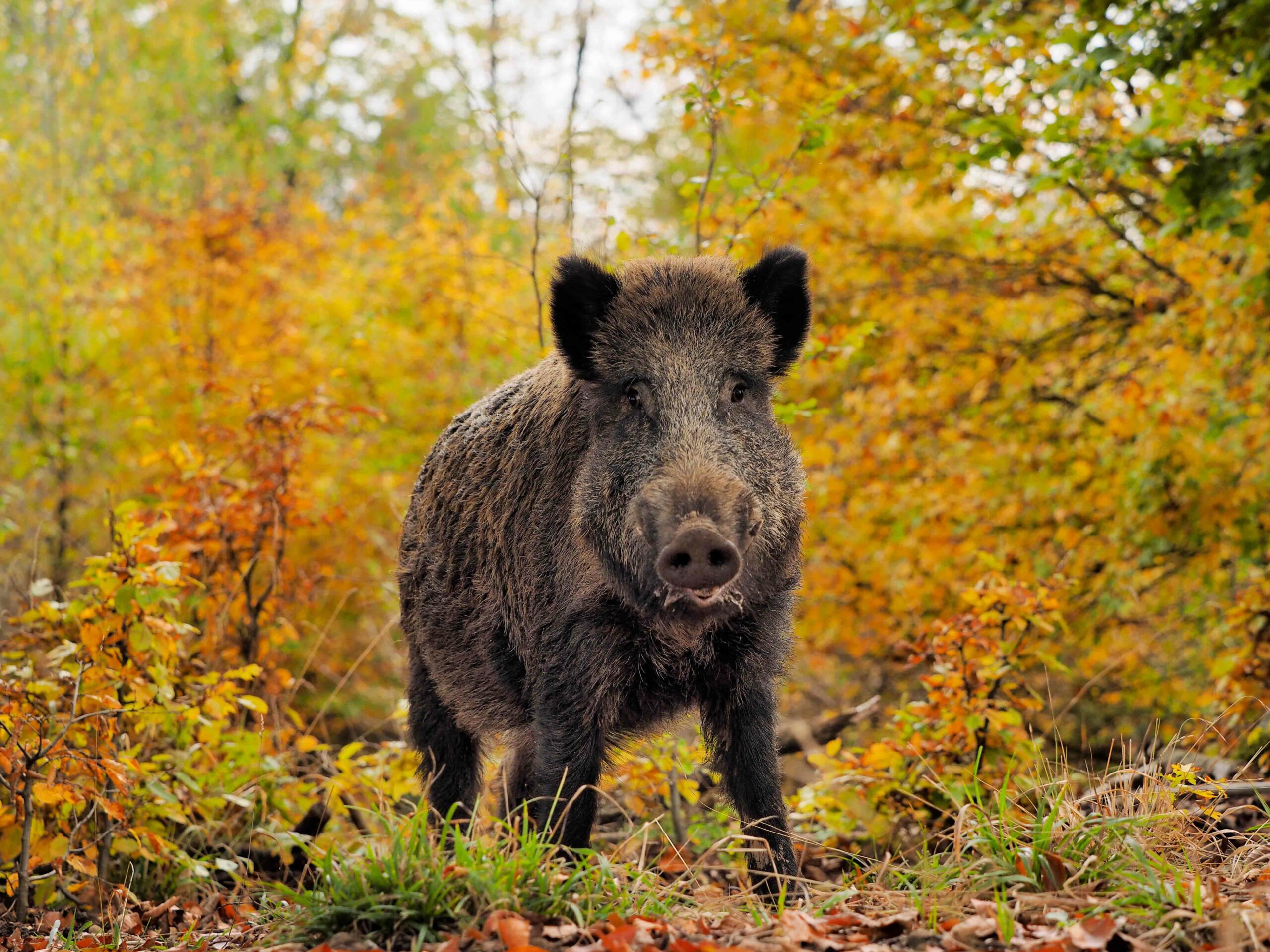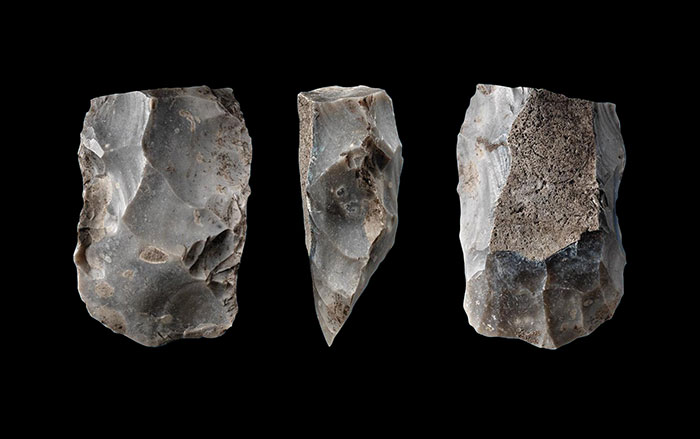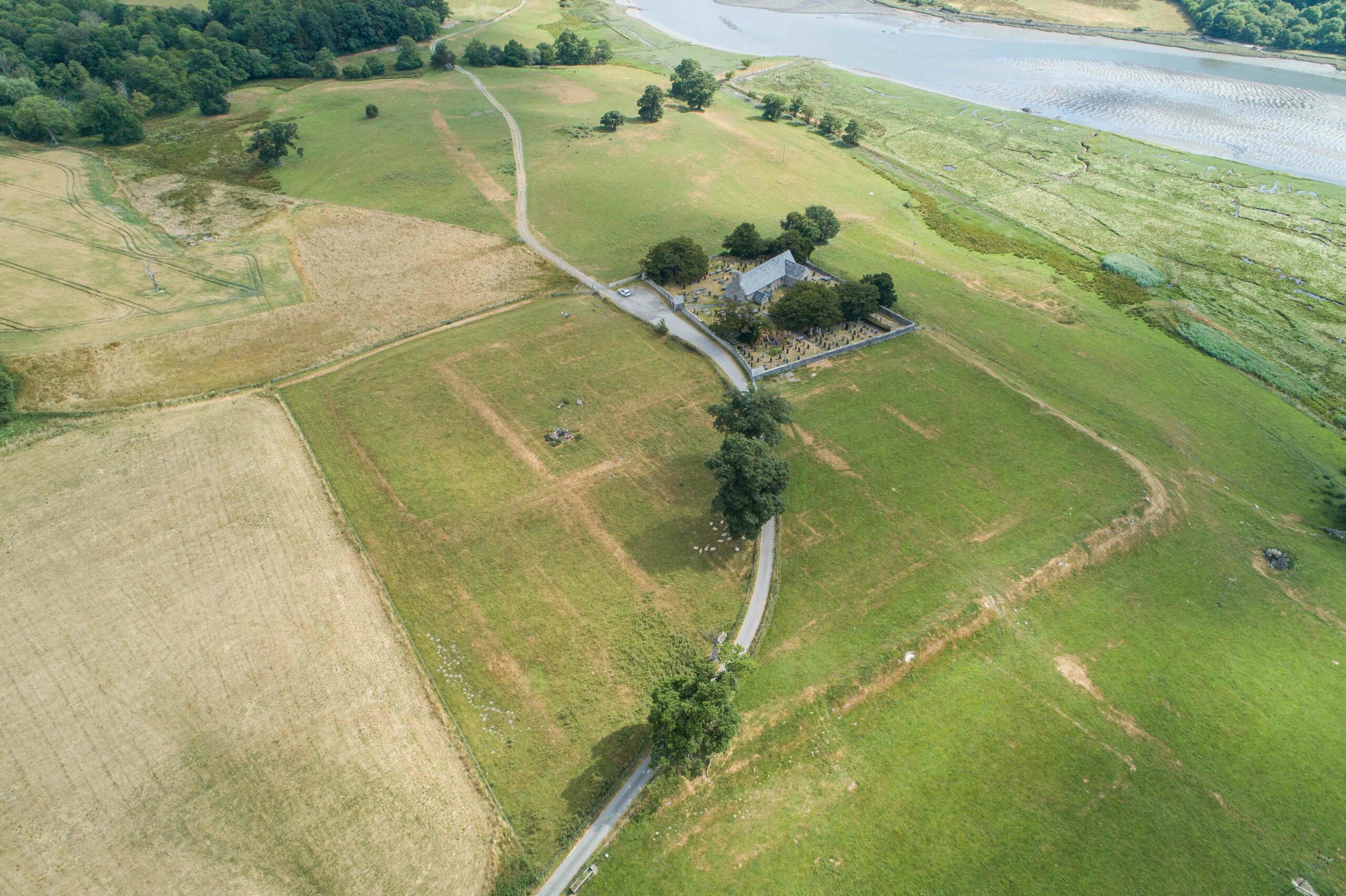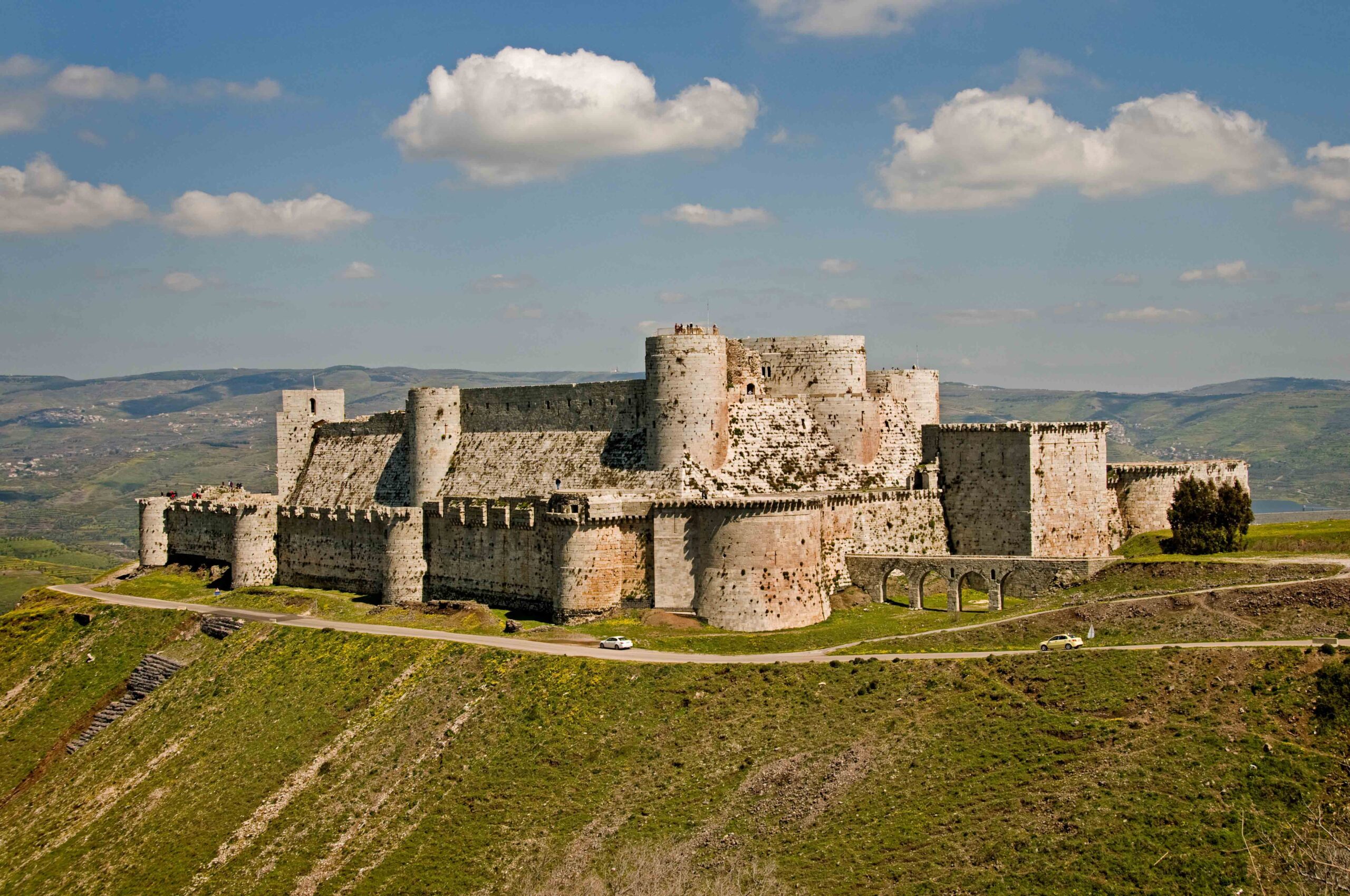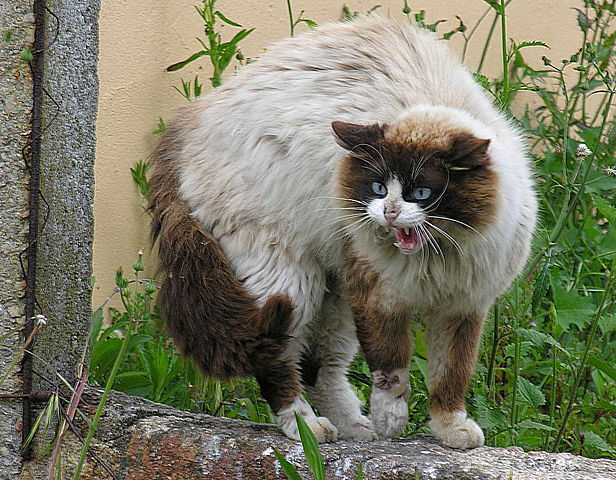
COPENHAGEN, DENMARK—Science Magazine reports that unlike most domesticated animals, cats have grown larger while adapting to life with humans. As a student at the University of Copenhagen, Julie Bitz-Thorsen and her adviser, archaeozoologist Anne Birgitte Gotfredsen, carefully examined and measured cat bones in museum collections found at Iron Age, Viking, and medieval sites in Denmark. The Viking-era cat bones, recovered from pits where their bodies had been dumped, bear marks suggesting the animals were skinned for their pelts, in addition to being raised for their pest-control abilities. Overall, the data suggests that on average, domesticated cats are about 16 percent larger today that they were in the Viking era. The researchers think expanding towns during the medieval period may have produced more waste, which attracted more pests, and provided cats with more food. Future studies could analyze cat DNA and look for chemical signatures of dietary changes. To read about mummification of animals in ancient Egypt, go to “Messengers to the Gods.”


